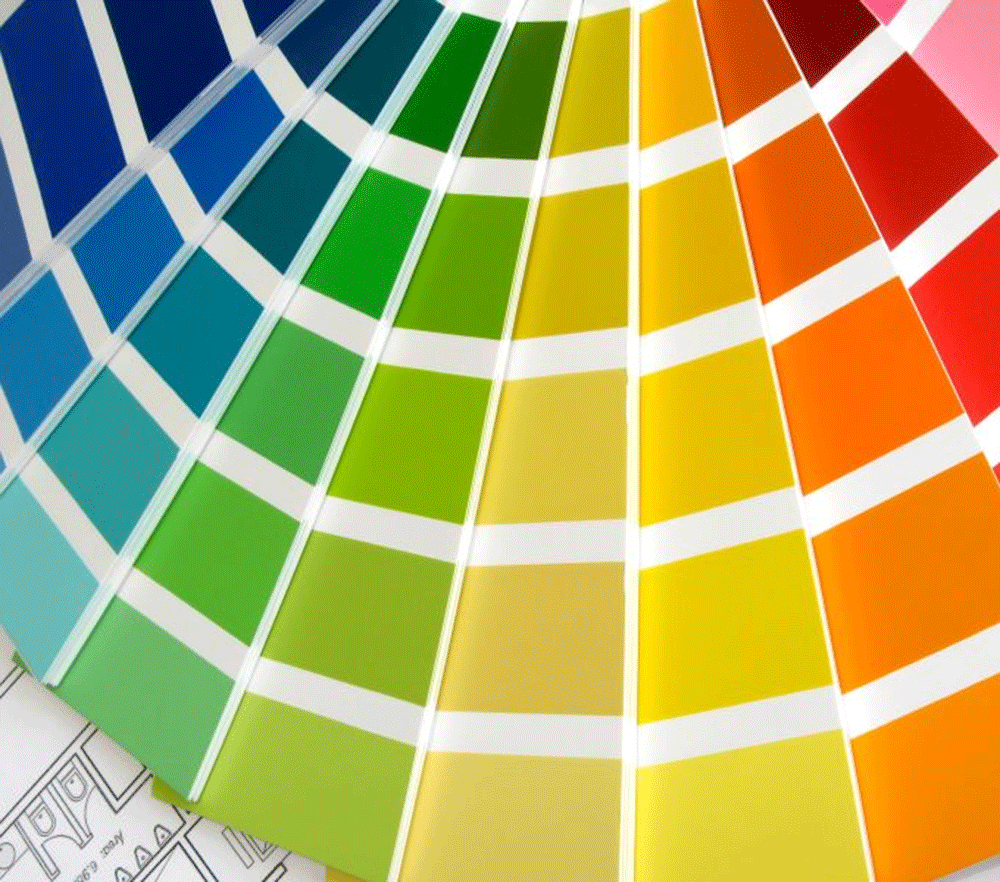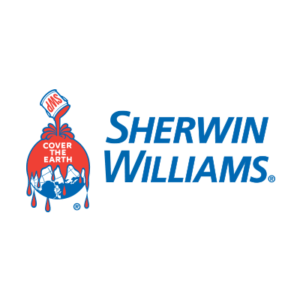When it comes to painting homes in Fulton, Cherokee, and Forsyth Counties, we’ve painted just about every kind of home using every kind of paint. But recently we had the chance to do a great project in North Atlanta using Romabio Masonry Paints and it turned out really nice.
A Brief History of Romabio Paint
Romabio is located right here in Atlanta. They were founded in 2011 by Christopher Lewis, Michael Aiken, and Patrizio Betti – each one bringing a serious set of knowledge and experience. Michael had been in real estate for twenty years. Christopher had been studying and working with ancient building techniques and modern alternative energy building materials and systems in Europe. And Partizio’s family had founded one of the first paint manufacturing facilities in Italy – he grew up in the business. Together, the three men had a plan to combine old-world materials with the latest scientific and environmentally friendly advancements to make amazing paints to last for generations.
We’ve been following their progress and testing their products. We were anxious to have a chance to use their masonry paints on this project because they’re eco-friendly, long-lasting, and they look great.
The House Painting Project in Morningside / Rock Springs
The project was a lovely, million-dollar home in the Morningside / Rock Springs neighborhood of North Atlanta. The house was built in 2007 and made extensive use of old-looking red brick, while the back of the house was siding. It was holding up well, but new owners had purchased it a few years ago wanted to refresh it with a more modern color palate while not losing the character of the home.
In addition, some light carpentry was needed to firm up the exterior deck and porch flooring – but we handle that kind of work all the time for our customers.
Painting Brick and Masonry in the Atlanta Area
When we’re talking about masonry, we are talking about a wide range of surfaces including river rock/pebbles, cinder block, concrete, brick, and many more. Sometimes stucco is considered masonry, but stucco usually has color pigments mixed into the material itself prior to application. Painting masonry surfaces properly has to take several things into consideration:
- The kind of masonry (e.g., brick, block, etc.)
- How long it has been in place
- Current condition – (e.g., is it cracked, chipped, or flaking)
- The climate and weather conditions it’s likely to experience
- Environmental restrictions or limitations
There’s a reason we call our home-town area “Hot-lanta.” In the summer months we have high subtropical heat and humidity. In the winter we can have mild, almost spring-like days followed by freezing snowstorms and then immediately back to mild again. If you see a house with cracked masonry and peeling paint after just a few years, it means that they did not take these important factors into consideration. That’s why local experience is so important.
The Brick House Painting Project Looks Great – See the Results
Since the house was built in 2007, the brick and mortar were in pretty good shape. It also wasn’t so new that we had to worry about efflorescence (concrete salt leaching common to newly-built projects).
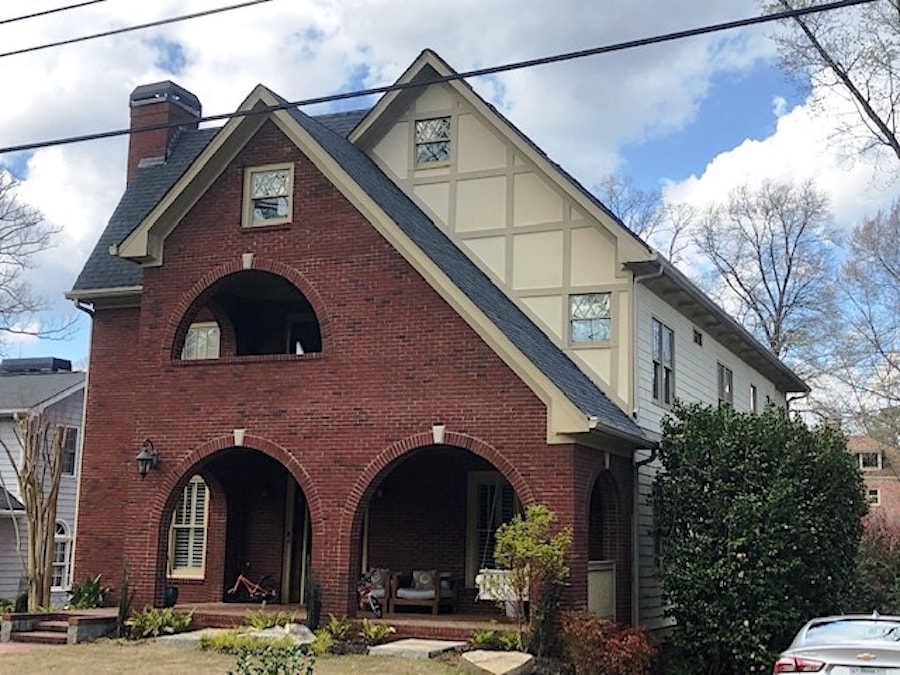
The home owners wanted to update the look of their home by painting the brick and siding areas in a modern, taupe color. Taupe is a gray-beige color that goes well with a wide variety of accent colors. Where a gray can feel cool, a light taupe can feel warm and welcoming without feeling boring or sterile. Sherwin Williams has a similar color called “Accessible Beige.” It was a great choice. It really made the trim and exterior lighting elements stand out much better. To go with it they chose a darker, complimentary color in the same palate for the window and door trim, eves, and gutters.
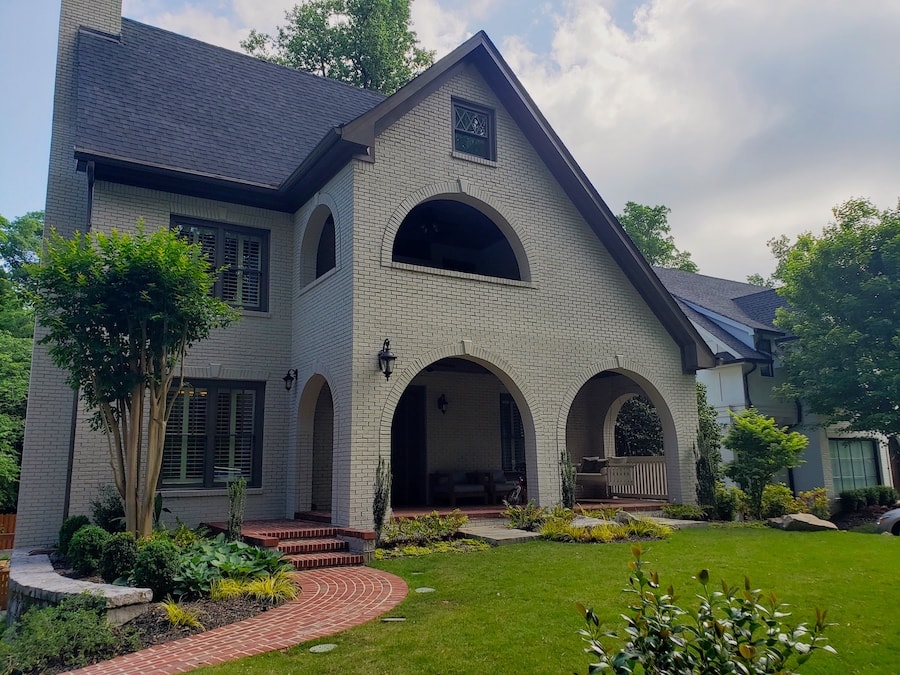
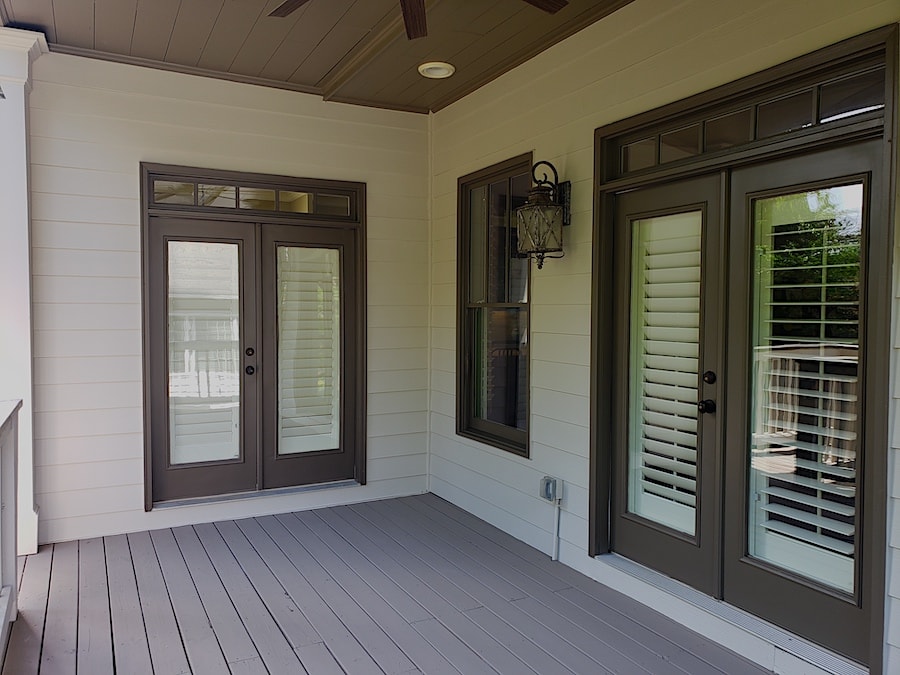
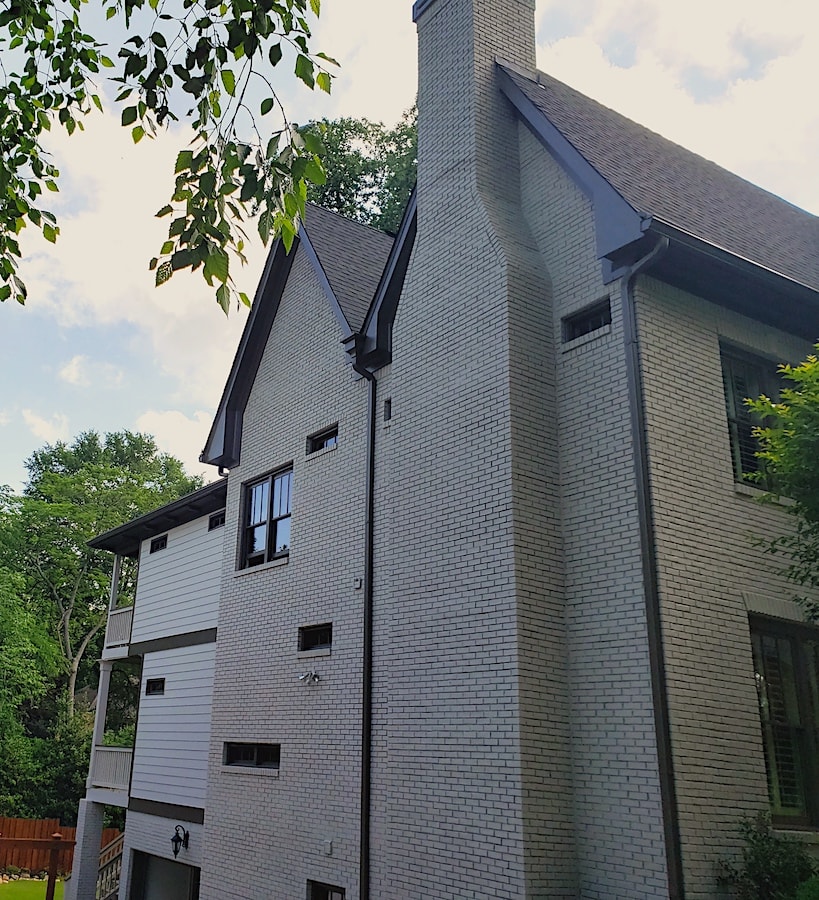
Romabio’s BioDomus I Masonry Paint was an ideal solution. Because their masonry paint is mineral-based, it forms a tight, breathable bond with the underlaying brick and mortar. It also holds color well and resists fading in the hot sun. That means the house looks great now and will continue to look great for many years to come. [insert front and side after images]
Help With Painting Your House or Brick Home in Atlanta
The customers were very happy with the results, and we are too. If you need any help choosing the right paint product or color for your home – whether it is made of siding, wood, brick, or stone – give us a call. And we always give free estimates.
If you want more information about Romabio paint products, you can find it on their website.
Nothing makes a house look better than a fresh coat of paint applied well. There are a lot of different kinds of paint for different kinds of painting jobs – oil-based, acrylic, vinyl, epoxy, and more. But no matter what kind of paint you use and no matter how it’s professionally applied, all paints can have unpleasant odors and even downright stinky smells. This is especially true when you are painting indoors. And no one wants their bedroom or dining room to smell like paint.
Your newly-painted living room or freshly coated bathroom will have a bit of a paint odor until it’s completely dry. That can take several days in some cases. But removing the paint smell can be important – especially if you or your family are sensitive to paint odors or if the paint fumes make you feel woozy, nauseous, or dizzy. Fortunately, there are things you can do to make the paint smell go away faster or even prevent them from being noticed in the first place.
Getting Rid of New Paint Smell Now With Common Household Items
As paint dries or cures, it releases Volatile Organic Compounds (VOCs) and water into the air. VOCs are basically the liquids and chemical compounds that keep paint liquid until we want it to dry. If your room has already been painted and smells like paint, here are some simple, practical, and cost-effective things you can do now to make that paint smell go away by absorbing, masking, or removing VOCs from the air in your freshly painted room.
And the best part is that these paint smell solutions are cheap and easy to do with common household items that you probably have in your pantry.
The Lemon Water Method Masks and Removes Paint Odors

Fill a deep pan or bucket with water. Add about two tablespoons of salt. Then carefully cut two whole lemons into ¼-inch thick slices and spread them out to float in the water. Leave the pan or bucket in the newly painted room as long as needed.
Lemons have a lot of citric acid and essential oils that release naturally into the air and salt water naturally absorbs air-born particles. So, the lemony scent masks the chemical smell of paint while the salt water removes some paint odors from the air at the same time.
The Coffee Grounds Method Masks and Absorbs Paint Smells
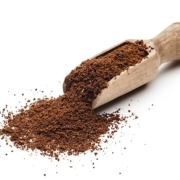
The fact that fresh coffee grounds hide chemical odors and smells has been the plot of a bunch of cop TV shows and movies. And it’s actually true!
In this
The Baking Soda Method Absorbs Stinky Paint Fumes
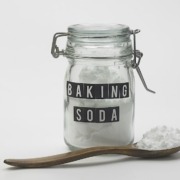
People have been placing an open box of baking soda in their refrigerators to remove bad odors for generations. But most people don’t know that it also works great at removing paint odors from rooms as well.
Baking Soda is sodium bicarbonate. It’s really just a bunch of tiny, compressed crystals with lots of jagged edges that bond easily with other chemicals. And that’s why it works so well as an odor remover. When a chemical in the air – like paint fumes – touches the baking soda, it gets stuck there.
Just like with the coffee grounds method, the more surface area the better. Spread a layer of baking soda out on a cookie sheet about 1/8-inch thick. Leave the cookie sheet in the newly painted room over-night and then throw it away. You will find that the paint smell has been reduced a lot. Repeat as needed.
The Charcoal Method Absorbs Nasty Paint Smells & Aromas
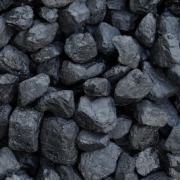
Charcoal has been used to purify air and liquids for a long time. Common air filters are filled with activated charcoal. Primary water filters are too. Heck, Jack Daniels is famous for filtering their Tennessee Bourbon Whiskey through charcoal to remove smells and edgy flavors before aging. You can use charcoal to absorb unpleasant paint odors from your room as well.
Importantly, don’t use “self-lighting” or “self-starting” charcoal to eliminate paint odors. Those products are great for a quick family Bar-B-Q, but they are filled with other chemicals that make them catch fire quickly. Not only would using those products be a fire hazard, they would actually put the smell of flammable liquids in your room!
Again, lots of surface area is key. So, the smaller the pieces the better. Spread the charcoal pieces out on a cookie sheet and leave in the painted room as long as needed to remove the unpleasant paint odor.
The Onion Method Absorbs Paint Odors, But ….

It’s well known that onions will absorb aromas and flavors from the air around them. But, as you might expect, if you use the onion method your room will have a subtle onion smell for a while afterward.
Carefully cut two onions into ¼-inch thick slices and lay-out in a single layer on a large cookie sheet. Leave this pan in the painted room overnight and you will discover the paint smell is almost completely gone in the morning. But the room will also have a residual onion aroma for a few hours afterward. And we don’t have to remind you to throw the used onions away afterward, right?
Nothing Beats Ventilation to Eliminate & Prevent Paint Smells
Proper ventilation does not mask or remove paint fumes, but it keeps them from collecting in the room so that they don’t become noticeable or harmful. This method to eliminate paint smell is most effective when the room is properly ventilated during the painting process and while the paint is drying. Proper ventilation can prevent foul paint smells from occurring in the first place. But this is not always possible for rooms without windows or fans and in certain weather conditions.
Low-Odor & Low-VOC Paints Prevent Paint Fume Odors
Finally, there are a bunch of paint products on the market advertised as “low odor” or “low VOC.” And it’s true that these paints have lower amounts of painting fumes and paint odors than other kinds of paint. But there are always trade-offs. So low-odor paints may not be right for every situation.
If you need help choosing the right paint for your project, give us a call and we’ll be happy to help you choose the right one for you. Let us know if you have any questions.
Understanding Your Painting Estimate – The Kenneth Axt Painting Difference
Whether you are painting a 400 square foot family room or a 10,000 square foot exterior, the first step to a great result is THE PAINTING ESTIMATE. Cost influences the choice at every budget 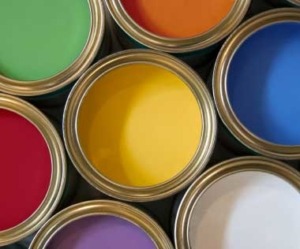 level, so an accurate, detailed painting estimate is paramount to selecting the right painting contractor for your job. No one likes surprises, especially when they involve budget overruns on an estimated job.
level, so an accurate, detailed painting estimate is paramount to selecting the right painting contractor for your job. No one likes surprises, especially when they involve budget overruns on an estimated job.
At Kenneth Axt Painting, we take our estimation process very seriously. We pride ourselves on providing a high quality work product at a FAIR AND HONEST PRICE. We have more than 40 years experience painting Atlanta’s finest homes and you will benefit from the eye for detail that all those years bring. Learn more about Kenneth Axt Painting here.
All of our estimates are performed by Kenneth or David Axt, the founding brothers of the company. They follow a 14 point process that includes the sight and touch of a professional so that details are not overlooked. Each estimate takes roughly two hours and is left with the home owner on the day it is completed.
On exterior painting jobs, we look closely for signs of wood rot, water damage, insect damage, protruding nail heads, caulking and so much more. For interior painting work, details such as lifting drywall tape, nail pops, caulking of trim work, or signs of water damage are noted and included in the estimate. The precision of the inspection provides the homeowner with the confidence that the job will be done correctly and last for years to come.
Other painting companies often “overlook” the maintenance details that we see as a matter of routine. The outcome is either that the estimate initially “seems lower” or, the problems are simply “painted over” and ultimately compromise the quality of the result.
Another key component to UNDERSTANDING YOUR PAINTING ESTIMATE is appreciating the differences in the materials that will be employed in the completion of your job. Kenneth Axt Painting uses only the highest quality Sherwin Williams primers, paints, stains and caulk, as well as top of the line construction materials for replacement.
While high end materials can cost more per gallon, it is well worth the investment because of the longevity that they afford. Using caulk which is the best on the market can cost $11 per tube but is a critical function in preventing rotting wood. Specialty materials may be used; metal roof paints that last twice as long as a regular house paint or $80 per gallon oil base metal paint for the iron porch railings. There are also special acrylics that are purchased to use on coach lamps and chimney caps.
In addition to the quality materials, CRAFTSMANSHIP goes hand in hand in producing a top quality result that will endure for years to come. Kenneth Axt’s painting and carpentry crews are hand-picked and trained exclusively by Kenneth to ensure that the high standards are followed to produce a finished product that meets our company’s quality guidelines. From meticulous carpentry to hand painted (not sprayed) trim work, where possible, our goal is to provide our clients with a satisfying experience that they will be proud of!
For a long lasting job, the devil is in the details. Kenneth Axt Painting crews even wash the exterior window, clean out gutters, caulk the coach lamps at the brick or siding knowing that these are trouble spots and need attention.
At the finish line, is the WARRANTY AND MAINTENANCE PLAN. Our goal is to produce a job that lasts 10 YEARS OR MORE. Our clients enjoy the peace of mind of our routine maintenance inspections.
Take a moment to read our Testimonials and then Request Your Free Estimate today. You can always call our office at 770-928-8700 to speak with our friendly and knowledgeable staff to arrange an estimate.
Detail, quality, professional, experience and warranty…you’ll be happy you used Kenneth Axt Painting Contractors.
When it comes to top quality Atlanta exterior painting, nobody can match the experience and service offered by Kenneth W. Axt & Associates. We’ve built our reputation on over 40 years of quality work, focusing on high-end residential painting service. While we’re very qualified to handle Atlanta interior painting jobs, today let’s discuss the exterior side of things in a bit more detail. When it comes to a professional, long-lasting residential repaint project, there are a few important items to consider when finding your painting contractor. First, what kind of longevity will you get from the job? Kenneth Axt Painting Contractors is committed to your long-term satisfaction with our work. To guarantee the highest level of quality, we only use premium primers, paints, and caulks, from trusted brands such as Sherwin Williams. With these products and our painting expertise, we can offer a warranty for up to 10 years. Beyond the best products, our estimators provide serious attention to detail, and almost act as a trustworthy inspector who will makes sure any carpentry, drywall, or other hidden issues are addressed prior to primer and paint application. Another important factor to consider with your Atlanta exterior painting project is color selection. With every Kenneth Axt job, you’ll also have access to a free color consultation as part of the estimate process. And speaking of the estimate process, we strive to give you the most accurate, fair price we can. This doesn’t always mean we’ll be the lowest, but we feel that our combination of quality and durability makes our painting service a worthy investment in your home. Last but not least, once you’ve chosen to work with our team, you can expect the minimum amount of disruption in your household during the project completion. Whether interior or exterior, we’re conscious of your time and property, and always leave a worksite cleaner than we found it. Read on to learn about some of our other services, and what makes us the company you can trust for painting services.
Atlanta Exterior Painting and Plenty More!
With so many choices for Atlanta exterior painting contractors, we want to give you some reassurance about what makes us different, and Kenneth Axt should be the name you remember for painting services and more. Beyond painting, we’re pleased to offer our expert help with carpentry, power washing, stucco and sheetrock repair, hardie-plank installs, and much more. Our crews never cut corners, and are trained to provide excellent, attentive service. This dedication to quality service, quality products, and our years of experience allow us to stand behind each job with a 10-year warranty. Our company gets high marks from Home Reports, Trust Dale, the Better Business Bureau, and Verified Home Services, so you know you’re getting a reliable deal with Kenneth Axt! Contact us today and let us be your Atlanta exterior painting pros.
Lead Based Paint
Does my house have lead based paint? Does my house require lead paint removal?
There are three basic ways to determine if lead-based paint is present.
One is to use an EPA recognized test kit. This is done by certified renovators. The second way is to use x-ray fluorescent instruments. This is done by certified lead based paint inspectors or risk assessors. The third way is to do a paint chip sampling and laboratory testing. Again, this is done by certain lead based paint inspectors or risk assessors.
The EPA recognized test kits will produce a pink to red color when lead is present. If there is no color change on the painting film tested, lead based paint is not present and lead safe work practices are not required on the surface.
Lead testing must be performed prior to any painting or renovation work. All testing is to be performed by the appropriate qualified professionals.
25% of homes built between 1960 and 1978 have lead present. 66% of homes built between 1940 and 1959 have lead present. 86% of homes built before 1940 have lead present.
The EPA’s RRP rule assumes that any house built before 1978 contains lead based paint. Homes built before 1960 are more likely than homes built after 1960 to contain lead based paint.
The federal standards define lead based paint as any paint or coating that contains lead equal to 1.0mg/cm² or more than .5% by weight.
Lead based paint was introduced to the paint industry to enable added color and durability. Lead based paint was banned in 1978.
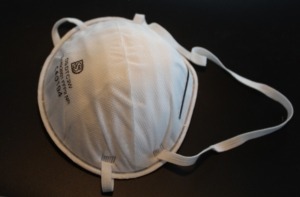 The reason for concern is the health risks of lead. It is very hazardous to children and damages the brain and central nervous system and can cause decreased intelligence, behavioral problems, and hyperactivity. Damage can be irreversible. It is also hazardous to pregnant women, workers and other adults. Lead produces high blood pressure and physical fatigue. Lead exposure causes permanent damage.
The reason for concern is the health risks of lead. It is very hazardous to children and damages the brain and central nervous system and can cause decreased intelligence, behavioral problems, and hyperactivity. Damage can be irreversible. It is also hazardous to pregnant women, workers and other adults. Lead produces high blood pressure and physical fatigue. Lead exposure causes permanent damage.
The dust and debris is a problem. Renovation activities that disturb lead based paint create dust and debris. Lead contaminated dust is poisonous. Children and adults can swallow or breathe this dust.
What are the EPA and HUD rules on lead based paint?
For clarification obtain a copy of the regulations from the national lead information center at 1-800-424-LEAD. You can also download the rules and other information from these websites: www.epa.gov/lead or www.hud.gov/offices/lead.
The painting contractor must make sure he satisfies state, local, EPA and HUD requirements.
 The renovation, repair, and painting rule does not apply to renovation work that meets the following exclusions. If the renovation only affects components that do not contain lead based paint, the rule does not apply. The EPA has established limits for minor repairs or maintenance. Work that does not exceed these limits is exempt from the work practice requirements in the rule.
The renovation, repair, and painting rule does not apply to renovation work that meets the following exclusions. If the renovation only affects components that do not contain lead based paint, the rule does not apply. The EPA has established limits for minor repairs or maintenance. Work that does not exceed these limits is exempt from the work practice requirements in the rule.
The EPA definition of minor repair and maintenance activities are: (1) Interior work disturbing less than 6ft.² per room of painted surface is exempt. (2) Exterior work disturbing less and 20ft.² per side of painted surface is exempt from the work practice requirements.
There is also an RRP opt out provision. Homeowners may sign a statement to opt out of the work practice requirements in the rule, if all of the following are true: The owner resides in the house; no child under six years old resides in the house, and the house is not a child occupied facility; no pregnant woman resides in the house; no child occupied facility exist on the property; and, the owner signs a written acknowledgment that the certified firm is not required to use work practices found in the rule. Again, because federal, state and local regulations may vary, please contact the EPA as listed above for further information.
The EPA may suspend a firm’s certification if it is found to be in non-compliance. These firms can be liable for civil penalties of up to $32,500 for each violation.
An example of details of some of the work practice requirements for interior renovation is as follows: Remove all objects from the work area, or cover them with plastic sheeting. Seams and edges are to be sealed. Close and cover all duct openings in the work area. Doors must be covered with plastic sheeting. Cover the floor surface with taped down plastic sheeting in the work area a minimum of 6 feet beyond the perimeter of surfaces undergoing renovation or a sufficient distance to contain the dust. Use precautions to ensure that all personnel, tools, and other items, including the exterior of waste containers are free of dust and debris when leaving the work area. After completed the firm must clean the work area until no dust, debris or residue remains. All paint chips and debris must be collected and sealed in a heavy duty bag. All protective sheeting is to be removed and disposed of as waste. All objects and surfaces are cleaned within 2 feet of the work area. Walls are to be cleaned starting at the ceiling and working down to the floor by either vacuuming with a HEPA vacuum or wiping with a damp cloth. Thoroughly vacuum all remaining surfaces and objects in the work area, including furniture and fixtures, with a HEPA vacuum. All remaining surfaces are to be wiped with a damp cloth. This is just an example of how much work and effort goes into creating a finished safe work area.
Ken Axt


